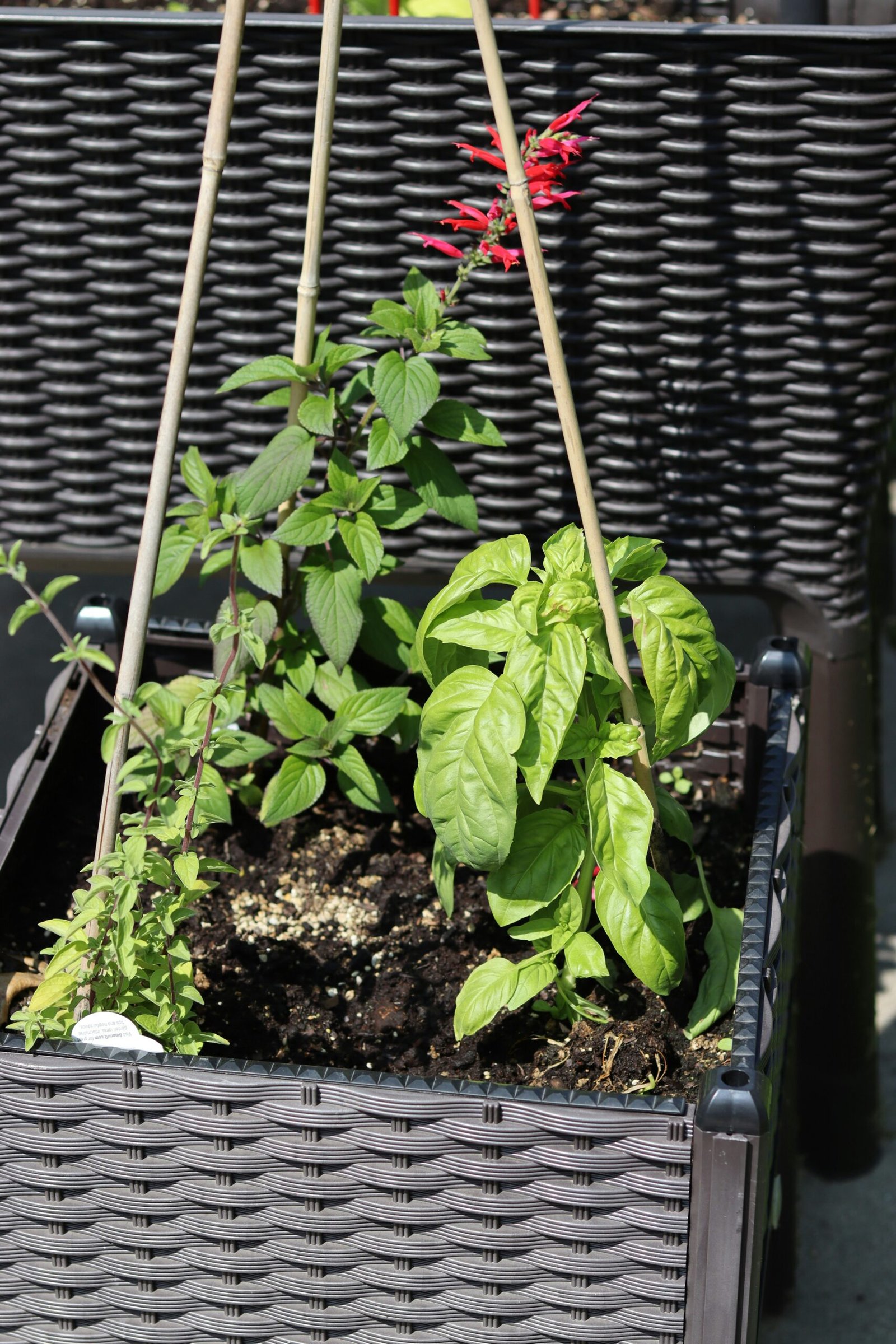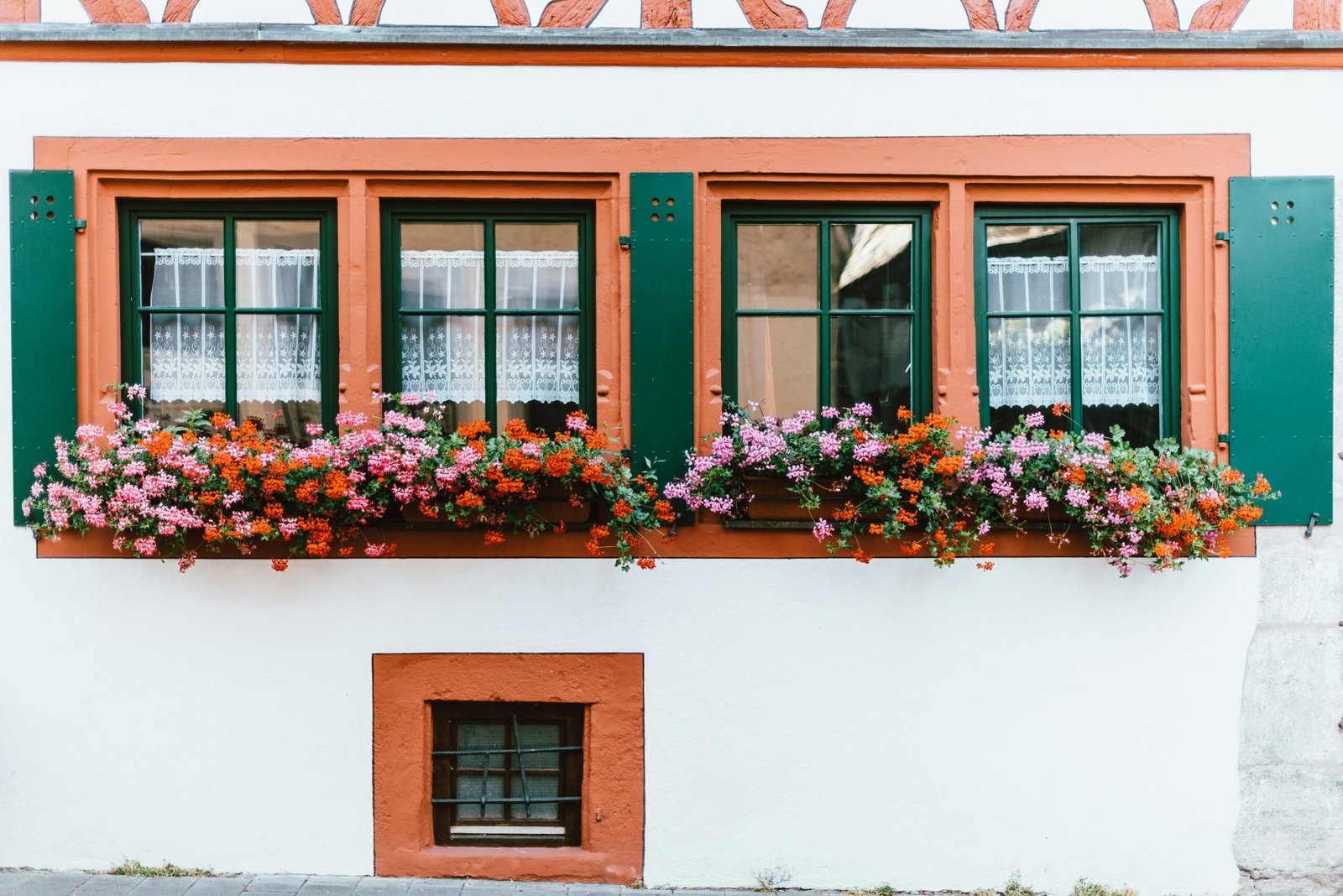Introduction to Vertical Gardening
Vertical gardening has gained significant popularity as an innovative solution for individuals with limited space who still wish to embrace nature and greenery. This technique involves cultivating plants upwards rather than outwards, allowing for maximum utilization of available space, whether in backyards, balconies, or even indoor areas. As urban living space becomes increasingly constrained, the demand for effective and aesthetically pleasing gardening methods, particularly DIY projects, has surged.
One of the primary advantages of vertical gardening is its ability to transform compact areas into lush, green environments. By employing various structures and materials such as wall planters, trellises, and shelves, gardeners can elevate their planting capabilities. This not only enhances the overall aesthetic appeal of a space but also encourages an inviting atmosphere, whether in a home or business setting. Additionally, vertical gardens can provide a focal point, drawing the eye and creating an attractive visual experience.
Moreover, vertical gardening can significantly improve air quality. Plants naturally filter pollutants, and by incorporating a range of flora into a confined area, one can enjoy cleaner air while reducing the urban heat island effect. Furthermore, a well-designed vertical garden can contribute to energy efficiency in homes by providing shade, thus minimizing the need for excessive air conditioning during warm months.
Finally, engaging in vertical gardening as a DIY project can potentially increase property value. Homebuyers are often attracted to features that promote sustainability and efficiency, making a vertical garden an appealing addition to any property. The combination of aesthetics and functionality ensures that vertical gardens are more than just a passing trend; they represent a shift towards greener living. This method not only offers a creative outlet for those looking to garden but also provides tangible benefits for individuals and the environment alike.
Planning Your Vertical Garden
Embarking on a DIY vertical garden project requires careful planning to ensure that your small space transformation is both practical and visually appealing. The first step is to select an appropriate location for your vertical garden. Consider areas that receive adequate sunlight, as most plants thrive in bright, indirect sunlight. It is prudent to observe how sunlight shifts throughout the day, ensuring that your chosen area receives several hours of light. If your space is too shaded, consider placing your vertical garden against a south-facing wall or near windows.
Wind exposure is another essential factor in the planning phase. If your vertical garden is positioned in a windy area, it might be necessary to provide additional support or choose sturdier plants to prevent damage. Furthermore, accessibility to a water source should also be factored in. Having a nearby hose or the potential for an irrigation system will facilitate regular watering, a vital aspect of garden maintenance.
When selecting plants for a vertical garden, opt for those that are well-suited for vertical growth and small space environments. Herbs such as basil, thyme, and parsley are excellent choices, as they offer both utility and fragrance. Succulents, known for their low maintenance needs and drought tolerance, can add a touch of variety. Flowering plants can also be incorporated to enhance the aesthetic value of your arrangement. Be creative in your plant selection, focusing on varying heights and colors to create visual interest.
Measuring your available space is crucial in determining how many plants you can accommodate. Start by sketching a layout, considering the mature size of each selected plant. Set realistic goals for plant growth and maintenance, keeping in mind personal time commitments and gardening experience. This planning stage will ultimately lead to a thriving DIY vertical garden that not only beautifies your space but also brings a sense of accomplishment.
Materials and Tools Needed
Creating a DIY vertical garden requires careful selection of materials and tools to ensure a successful project. Various vertical garden structures are available, each catering to different styles and spaces. Common options include repurposed wooden pallets, wall planters, hanging pots, and trellises. Pallets are a popular choice due to their rustic charm and ability to utilize vertical space efficiently. Wall planters offer a sleek design, making them suitable for modern aesthetics, while hanging pots can add a decorative touch at any height. Trellises, on the other hand, provide support for climbing plants, helping to maximize the area used for gardening.
When it comes to growing mediums, it’s important to choose a soil type that promotes healthy plant growth. Consider using lightweight potting mix, which allows for adequate drainage and aeration. Coconut coir and vermiculite are also beneficial as they help retain moisture while preventing root rot. Incorporating organic compost into the soil mix can further enhance nutrient availability, contributing to a thriving vertical garden.
Essential tools for assembly and ongoing maintenance are crucial to the success of your DIY project. A sturdy pair of gardening gloves is necessary for protection during the construction and planting phases. A drill will be required to secure the chosen structure to walls or fences, ensuring stability. Additionally, potting tools, such as trowels and scoopers, will facilitate planting and rearranging plants as necessary. Regular watering is vital, so consider investing in watering devices that make it easier to nourish your vertical garden. Clean spray bottles can also be effective for delicate watering tasks.
Materials can be sourced from various places to create a sustainable DIY vertical garden. Local home improvement stores, gardening centers, or online retailers offer a plethora of options. Alternatively, seeking out recycled materials can add a unique touch to your project while promoting environmental stewardship.
Step-by-Step Guide to Building Your Vertical Garden
Creating a DIY vertical garden can be an exciting project that beautifies your living space while maximizing limited areas. The first step involves selecting the appropriate location that receives adequate sunlight and is easily accessible for maintenance. Once you have identified the site, you will need to gather your materials. Common materials include wooden pallets, shelving units, or purpose-built vertical garden frames, along with pots or planters that fit within your chosen system.
Next, it’s essential to prepare your frame or base. If using wooden pallets, ensure they are clean, sturdy, and untreated to avoid any chemicals leaching into the soil. For a more structured approach, consider building a frame from wood or metal that will hold the planters securely. Attach a protective barrier, such as landscaping fabric, to the back and base to help with drainage and reduce soil loss.
After preparing the support structure, begin securing your pots or planters. Depending on your design, these may need to be attached with brackets or hung directly from the frame. Ensure that each container has adequate drainage holes to prevent water accumulation, which can lead to root rot. Consider using lightweight potting soil to minimize the overall weight and make maintenance easier.
Safety should always be a priority during installation. Make sure your vertical garden is securely fastened to the wall or structure, capable of supporting the weight of the soil and plants without risking a collapse. Once installed, plant your chosen herbs, flowers, or vegetables, paying attention to their sunlight and watering needs. Regularly check for pests and diseases, and address any drainage issues promptly.
Finally, ongoing maintenance is critical for the health of your vertical garden. Water your plants according to their requirements, prune dead leaves, and rotate crops as necessary to promote growth. Over time, you will develop a better understanding of your garden’s specific needs, ensuring its success and vitality.



